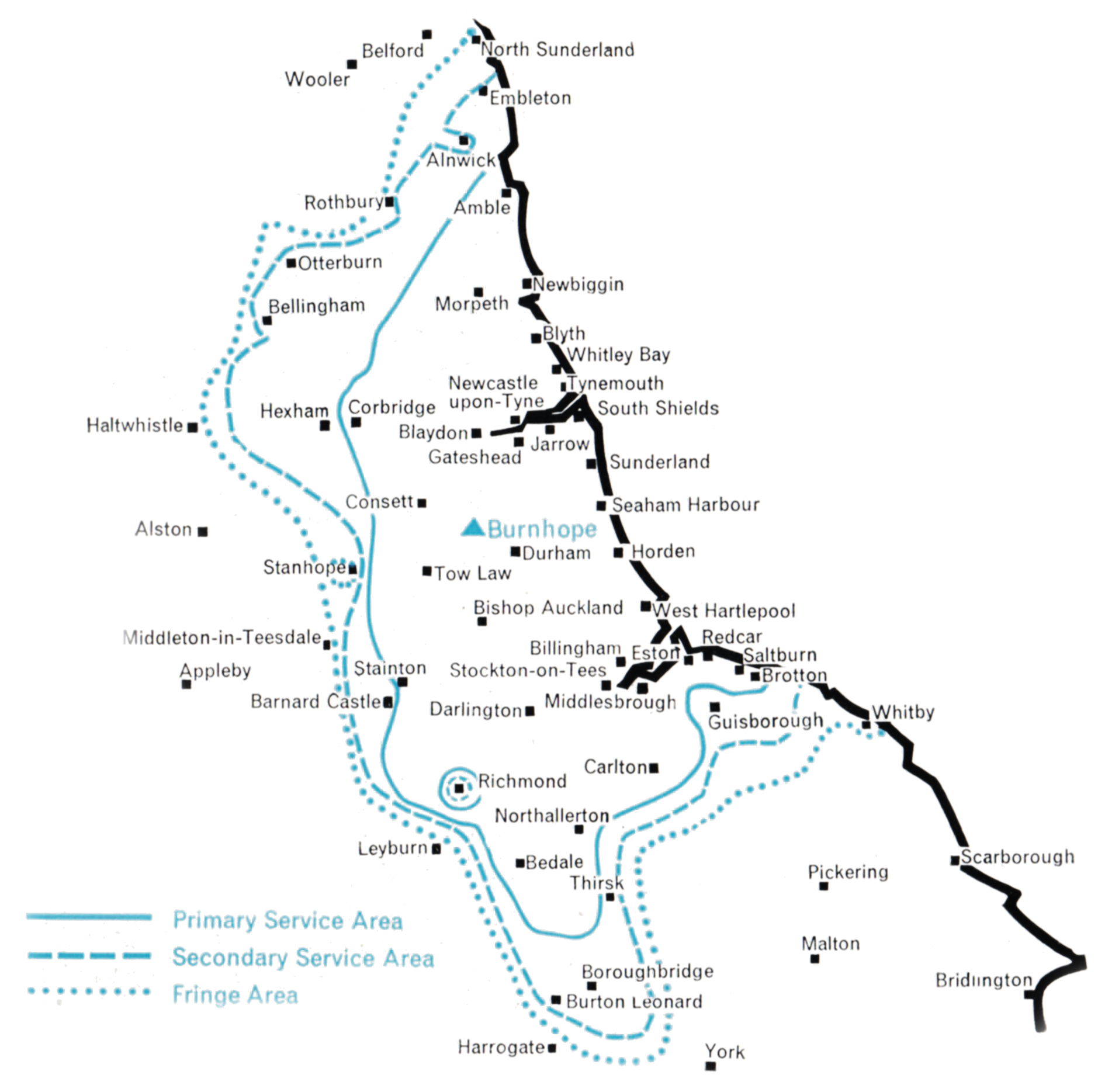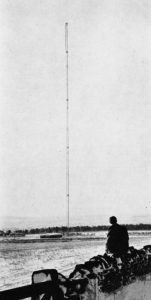 ABC TELEVISION Ltd.
ABC TELEVISION Ltd.
Midlands
Saturdays and Sundays
North of England
Saturdays and Sundays
 ANGLIA TELEVISION Ltd.
ANGLIA TELEVISION Ltd.
East Anglia
Whole week
 ASSOCIATED-REDIFFUSION Ltd.
ASSOCIATED-REDIFFUSION Ltd.
London
Mondays to Fridays
 ASSOCIATED TELEVISION Ltd.
ASSOCIATED TELEVISION Ltd.
London
Saturdays and Sundays
Midlands
Mondays to Fridays
 BORDER TELEVISION Ltd.
BORDER TELEVISION Ltd.
The Borders
Whole week
 CHANNEL TELEVISION Ltd.
CHANNEL TELEVISION Ltd.
Channel Islands
Whole week
 GRAMPIAN TELEVISION Ltd.
GRAMPIAN TELEVISION Ltd.
North-East Scotland
Whole week
 GRANADA TV NETWORK Ltd.
GRANADA TV NETWORK Ltd.
North of England
Mondays to Fridays
 SCOTTISH TELEVISION Ltd.
SCOTTISH TELEVISION Ltd.
Central Scotland
Whole week
 SOUTHERN TELEVISION Ltd.
SOUTHERN TELEVISION Ltd.
Central Southern and
South-East England
Whole week
 T W W Ltd.
T W W Ltd.
South Wales and the
West of England
Whole week
 TYNE TEES TELEVISION Ltd.
TYNE TEES TELEVISION Ltd.
North-East England
Whole week
 ULSTER TELEVISION Ltd.
ULSTER TELEVISION Ltd.
Northern Ireland
Whole week
 WALES (West & North) TELEVISION Ltd.
WALES (West & North) TELEVISION Ltd.
West and North Wales
Whole week
 WESTWARD TELEVISION Ltd.
WESTWARD TELEVISION Ltd.
South West England
Whole week
 INDEPENDENT TELEVISION NEWS Ltd
INDEPENDENT TELEVISION NEWS Ltd
Provides the main news bulletins for all Independent Television areas
 INDEPENDENT TELEVISION COMPANIES ASSOCIATION
INDEPENDENT TELEVISION COMPANIES ASSOCIATION
The Association acts on behalf of all the Programme Companies in certain matters of common interest


